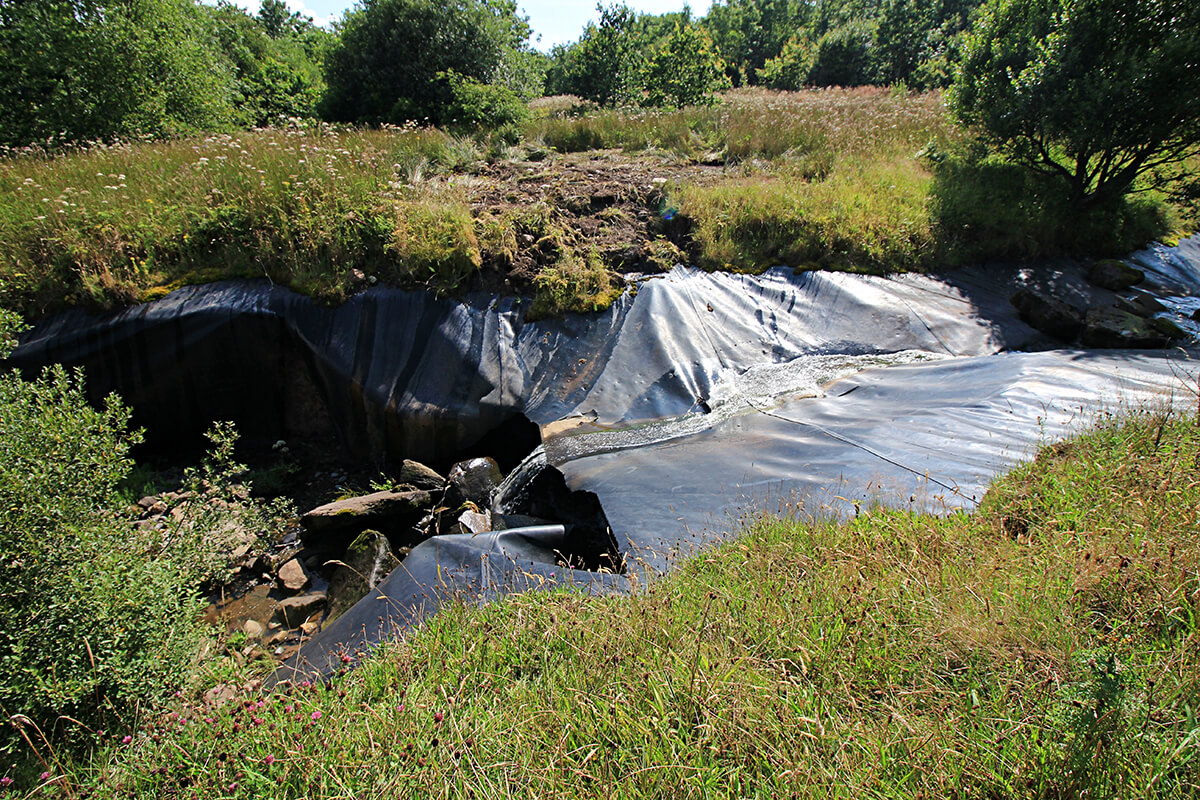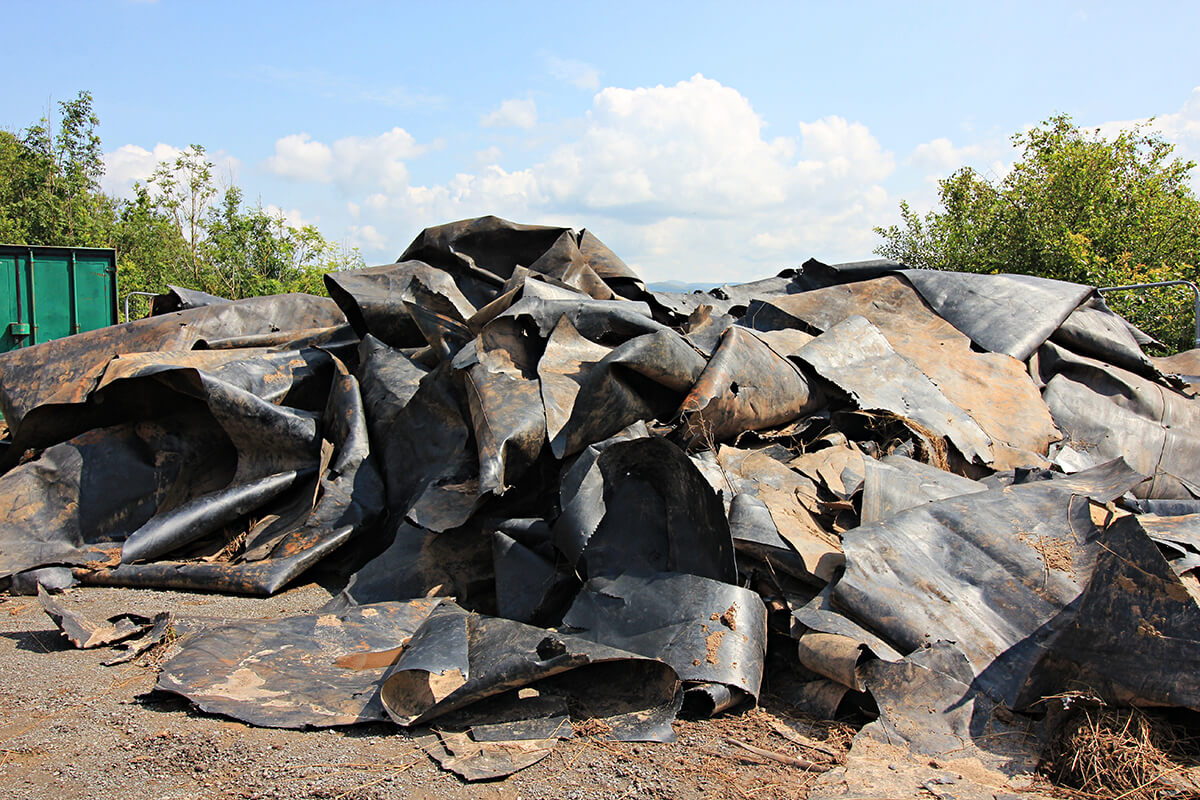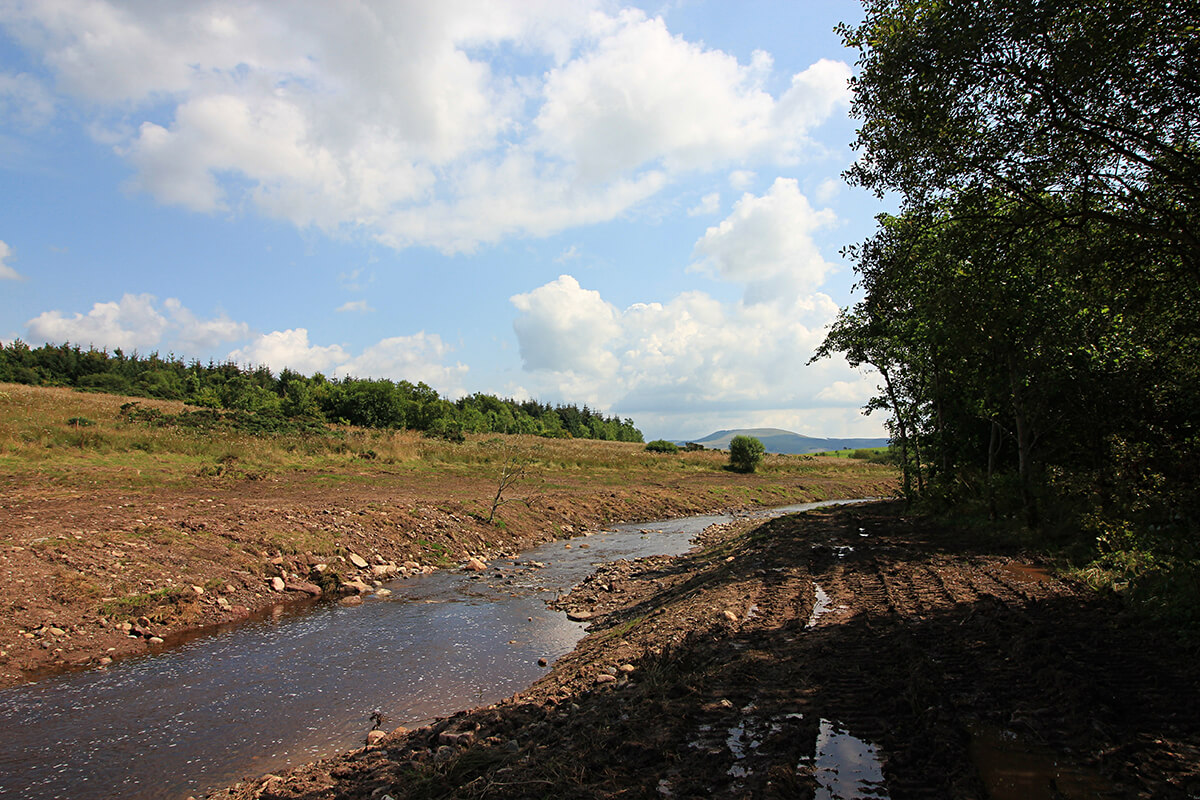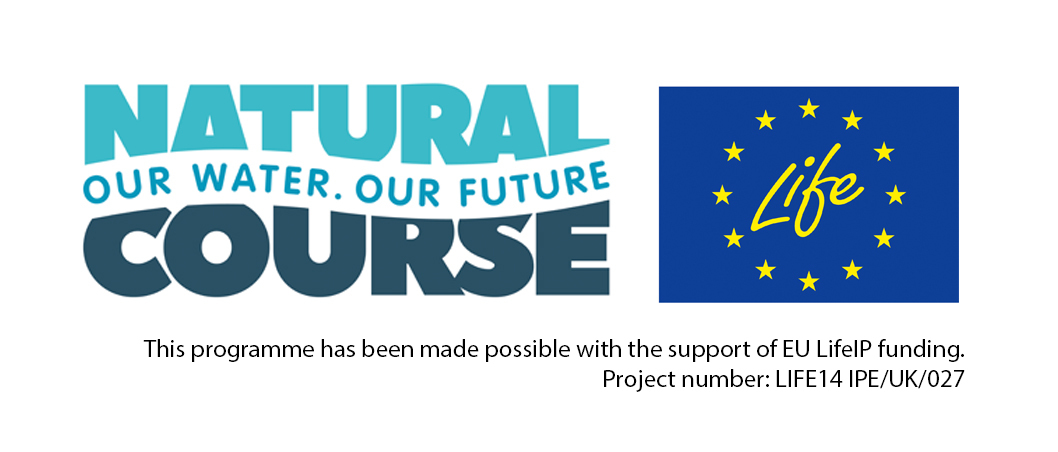River Keekle Restoration
Emily Cooper
08/08/19
On the surface, this photo of the River Keekle portrays an idyllic scene. Look a little closer, and you'll find a very sinister problem lurking beneath the surface.
Take a closer look at the riverbed. That black sheet protruding out of the river? That's plastic.
During the 1990s, mining took place in the area surrounding the River Keekle. Hazardous mining spoil was buried in and around the site, allowing contaminants to accumulate in the soil. In order to prevent buried mining spoil from entering the water course, the decision was made to line the river with high-density polyethylene (HDPL)—in other words, plastic. Trying to solve an environmental problem using plastic seems like a completely alien concept these days, but at the time, it was thought to be the best solution.

Over the years, this plastic liner has begun to degrade, posing a flood risk and contamination issue for the Keekle, as well as the River Ehen - a Site of Special Scientific Interest and a Special Area of Conservation. In addition to this, there are concerns that vertical erosion of the river through the clay cap installed beneath the liner could expose mine waste that was buried in the 1990s. This could allow dangerous chemicals and heavy metals to leach into the Keekle and further downstream. If nothing is done to halt this erosion, the possibility stands that the Keekle could expose mine waste in the future.
How are West Cumbria Rivers Trust helping?
WCRT (West Cumbria Rivers Trust) are planning to restore a 2.2km stretch of the river, fully removing the plastic liner. This summer, a trial site is being used to investigate the best methods for plastic removal, and next summer the plastic will be fully removed from the remaining stretch of river.


Funding
This project simply could not have taken place without the generous support of WCRT's funders. Phase 1 is funded by the Environment Agency’s River Restoration Programme. Phase 2 is funded by the European Agricultural Fund for Rural Development’s Water Environment Grant.
The Esmée Fairbairn Foundation also provided an incredibly generous loan, enabling the delivery of this fantastic project and many more across the country. Thanks to their contribution, the River Keekle now stands a fighting chance for the future.
